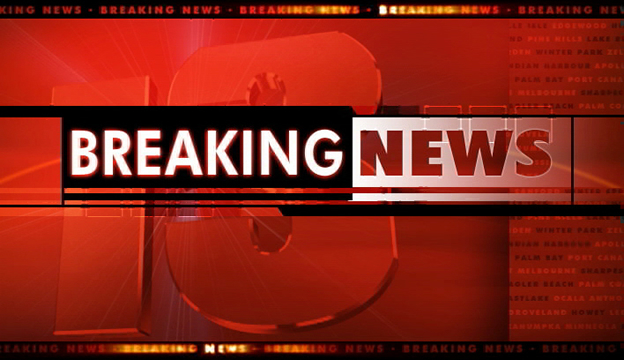Nokia’s Ambitious Lunar 4G Network Mission: A Closer Look
In a bold move that aimed to revolutionize lunar connectivity, Nokia set out to deploy a 4G LTE network on a small area of the moon as part of the IM-2 mission. The plan, if executed successfully, would have provided essential connectivity for rovers and paved the way for NASA’s ambitious Artemis III mission in 2027. Unfortunately, the mission hit a snag when Intuitive Machine’s lander, Athena, veered off course and landed on its side, missing its intended landing site by 250 meters. This unexpected turn of events led to the mission being cut short, leaving the lunar 4G network deployment in limbo.
Challenges and Breakthroughs
Despite the setbacks faced by the IM-2 mission, Nokia managed to achieve significant milestones in validating key aspects of the network’s operation. Inside Athena were sophisticated instruments and rovers, including Nokia’s innovative Network in a Box (NIB). John Dow, the general manager of Nokia Bell Labs’ Space Communications Systems, described the NIB as a compact system housing essential components like the radio, base station, routing, and core. While the deployment of the 4G network was interrupted, Nokia successfully powered up the NIB and established a connection with Intuitive Machines’ ground station on Earth.
The NIB demonstrated full functionality during its brief online period, showcasing Nokia’s cutting-edge technology designed for space travel. Despite the premature end to the mission, the company’s strategic use of lightweight materials and advanced thermal management solutions underscored its commitment to pushing the boundaries of lunar communication capabilities. The NIB’s limited shelf life, planned to conclude with the onset of the harsh lunar night, highlighted the challenges of sustaining technology in extreme lunar conditions.
Implications and Future Prospects
Looking ahead, the potential for establishing permanent lunar base stations holds promise for transforming lunar exploration and habitation. Dow emphasized the significance of robust connectivity as a foundational element for realizing ambitious visions of lunar colonization and resource utilization. As technology continues to evolve, the transition to more advanced communication networks like 5G remains on the horizon, offering enhanced capabilities for future lunar missions.
Michael López-Alegría, chief astronaut at Axiom Space, emphasized the transformative impact of high-definition video streaming capabilities on lunar missions. Drawing parallels between past Apollo missions and current advancements in communication technology, López-Alegría highlighted the shift towards more efficient and immersive communication methods for astronauts. The integration of 4G LTE communications into Axiom spacesuits represents a significant step towards enabling seamless communication between astronauts and mission control.
In conclusion, while the IM-2 mission faced unexpected challenges, it underscored the importance of continuous innovation and adaptation in the realm of space communication. Nokia’s pioneering efforts in deploying a lunar 4G network have set the stage for future advancements in lunar exploration and habitation. As technology continues to evolve, the possibilities for establishing a robust communication infrastructure on the moon are within reach, paving the way for a new era of lunar exploration and discovery.







